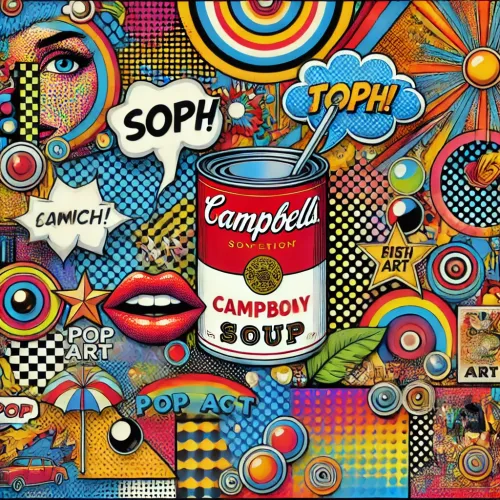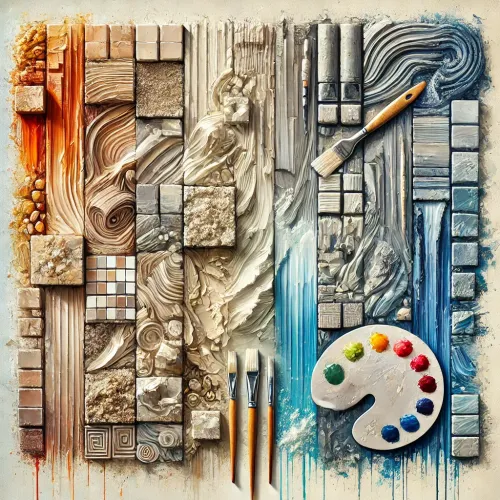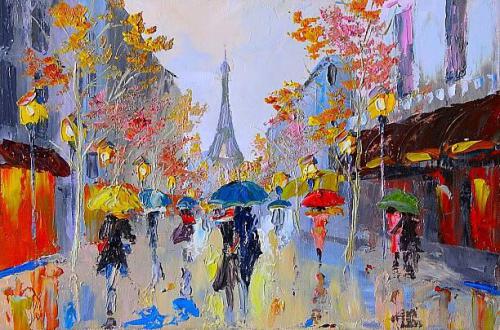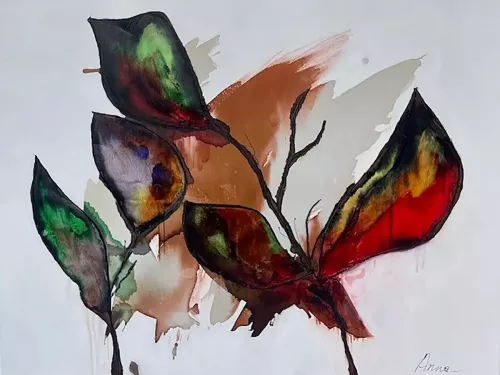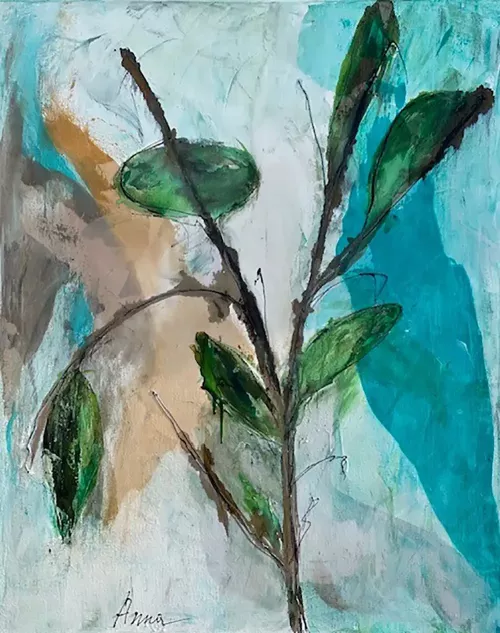How to sell valuable art
Mastering the Art of Selling- Strategies for High-Value Art Transactions
Mastering the Art of Selling- Strategies for High-Value Art Transactions
The World of Selling High-Value Art
Selling valuable art requires expert knowledge across areas like pricing, authentication, legal protocols, marketing tactics, and more. Mastering key skills opens access to this complex but potentially lucrative market.
What Makes Your Art "Valuable"
Art's value isn't singular; it's a fusion of rarity, artist renown, provenance, age, subject matter, medium, and market trends. Unique pieces from renowned artists, acquired directly from studios or early owners, often fetch premium prices due to their scarcity and reputable origins. These factors intertwine to create perceived value, influencing pricing and desirability in the art market.
Current Trends and Demands
In-depth research unveils artists and genres commanding top auction prices. Understanding what sells briskly versus struggling to attract buyers provides critical insights. Staying abreast of art news reveals rising stars and fading styles, essential for gauging market demand and making informed decisions.
Auction Houses vs. Online Marketplaces
Weighing traditional auction houses' prestige against online platforms' lower commissions and autonomy is pivotal. Auction houses offer exposure and status, while online avenues grant independence and cost efficiency. Choosing the right platform aligns with your goals, impacting sales strategy and reaching the intended audience effectively.
Art Authentication and Appraisal: Ensuring Your Art’s Authenticity
Securing professional authentication and appraisals from reputable experts is crucial. Authenticating artwork, especially pieces attributed to renowned masters, bolsters credibility and increases value for both buyers and sellers, ensuring transparency and trust within the art market.
Setting the Right Price: Factors to Consider
Determining the right price involves comparing your artwork to recent sales of similar pieces. Factors like size, medium, subject matter, and visual appeal are paramount. Additionally, considering insurance value and production costs helps in setting a competitive yet fair price.
Photographing and Describing Your Art
Compelling visuals are key to attracting interest. Capture intricate details and convey scale and medium through high-quality images. Detailed and accurate descriptions noting dimensions, medium, subject, artist bio, and historical context are crucial. Tailoring your marketing efforts to relevant audiences enhances the artwork's visibility and appeal.
Provenance, Certificates, and Copyright
Ensure authenticity by verifying signed certificates and tracing the bill of sales back to the artist to establish provenance. Research the current holder of copyright for the artwork. Complying meticulously with all legal seller requirements is crucial to maintain transparency and legitimacy in transactions.
Working with Art Advisors and Consultants
Art advisors and consultants offer invaluable expertise in various aspects. They provide guidance on pricing strategies, selling tactics, event coordination, buyer identification, negotiation skills, deal facilitation, and handling logistics like shipping, customs, and legal matters. Leveraging their industry insights can streamline processes and optimize outcomes in the art market.
Payment, Shipping, and After-Sale Service
Finalizing an art sale involves meticulous attention to numerous details. Negotiating the final price, ensuring secure payment methods, and meticulously packing for worldwide shipping demand precision. Following up post-sale to confirm the safe arrival of the artwork and ensuring buyer satisfaction adds a professional touch, enhancing the overall transaction experience.
Making a Successful Sale
Successfully selling art requires thorough preparation, reasonable pricing strategies, effective marketing approaches, and patience. With diligence, ideal buyers will emerge, drawn by the art's appeal and the seller's efforts. Establishing and nurturing relationships with buyers through exceptional service doesn't just secure the current sale but also fosters trust and loyalty, potentially leading to future sales and a positive reputation in the art market.





























































































































































































































































